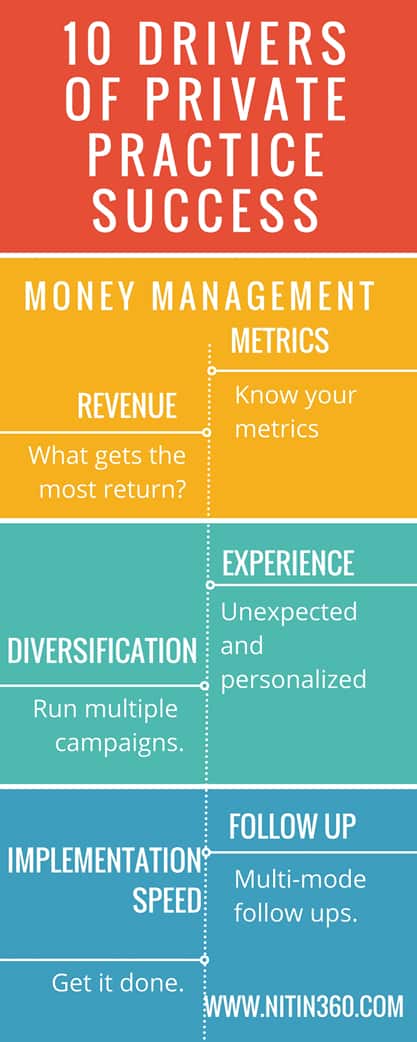Introduction
Danger is an inherent part of the personal world. Whether you’re folks investor or a financial institution evening out vast portfolios, understanding, gauging, and mitigating risk is important. In the complex landscape about finance, a mathematical method of risk assessment provides the instruments and insights necessary to create informed decisions, optimize expenditure of money strategies, and safeguard with potential financial losses. This post explores the mathematical pillars of risk assessment in finance and its practical software.
1 . Risk Defined Mathematically
In finance, risk refers to the uncertainty associated with the potential for budgetary loss or variation in returns. Mathematically, it’s often quantified through statistical measures just like standard deviation, variance, as well as beta, which help evaluate the penetration of uncertainty in investment benefits. A higher degree of variability advises greater risk.
2 . Selection Diversification and Risk
One of many fundamental mathematical principles inside risk management is stock portfolio diversification. This strategy combines solutions with low or adverse correlations to minimize overall hazard while maximizing returns. Current portfolio theory, developed by Harry Markowitz, uses mathematical enhancement techniques to create diversified portfolios that offer the best risk-return trade-offs.
3. Value at Risk (VaR)
Value at Risk is a statistical tool used to estimate the most potential loss an investment profile could face over a stipulated time frame and confidence grade. It provides a quantitative assessment associated with risk exposure and is greatly employed in financial web site institutions to set danger limits and allocate funding efficiently.
4. Capital Assets Pricing Model (CAPM)
The very CAPM is a mathematical system that relates an asset’s expected return to its danger, as measured by beta. It enables investors to look for the required return on an expenditure of money based on its inherent probability. The formula for CAPM is a fundamental component of present day finance and aids in making comparisons for investment opportunities.
5. Method Pricing Models
Mathematical designs like the Black-Scholes-Merton model are very important in assessing the risk regarding financial derivatives, particularly options. These models determine the main fair market value of choices, factoring in variables such as actual asset price, time to decease, and implied volatility.
a few. Risk-Adjusted Performance Metrics
To guage investment performance while taking into account risk, various mathematical metrics are employed. The Sharpe percentage, Treynor ratio, and Sortino ratio adjust returns for that level of risk taken. These types of ratios allow investors to match investments based on their risk-adjusted returns.
7. Stress Assessment and Scenario Analysis
Precise models are used to conduct stress tests and scenario analyses. These assessments involve simulating various economic scenarios and evaluating their impact on casinos. Stress testing helps uncover vulnerabilities and allows finance professionals to take preventive measures.
almost eight. Credit Risk Modeling
Credit ranking risk is a significant care in finance, particularly for lending institutions. Mathematical models, such as the CreditRisk+ model, assess the probability associated with default and quantify likely losses from credit possibility in loan portfolios.
some. Market Risk Measurement
Quantifying market risk, often relating to volatility and market variances, is vital. Historical and data methods are applied to estimation market risk, offering remarks into potential losses with various market conditions.
ten. Risk Management and Corporate compliance
Mathematical risk assessment isn’t only an investment strategy but also any regulatory requirement. Financial institutions should adhere to regulatory standards, including Basel III and Solvency II, which rely to a great extent on mathematical models for risk assessment, capital adequacy, and reporting.
Conclusion
Math is the cornerstone of possibility assessment in finance. It gives you investors, financial institutions, and regulators with the quantitative tools required to navigate the complex world of finance confidently. A precise approach helps in evaluating possibility exposure, optimizing portfolios, along with making sound investment actions. In a rapidly evolving fiscal landscape, understanding the mathematical skin foundations of risk assessment is critical for both preserving funds and achieving financial goals. By making use of mathematical rigor to risk assessment, stakeholders in the economic world can effectively deal with risk, seize opportunities, and thrive in an ever-changing sector.




